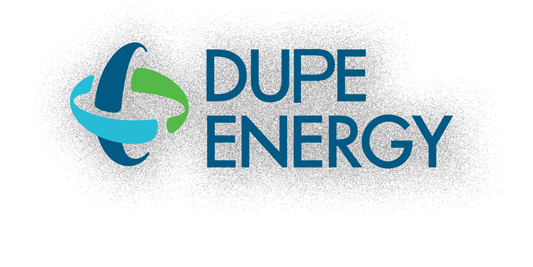May 1, 2014-by Paul Chesser in the National Legal and Policy Center. Editor’s note: Valley Watch has been an intervener in every one of what is now thirteen “dockets” before the IURC regarding this plant.
 After the global warming-battlingEdwardsport coal gasification power plantused more power than it generated during the September-to-November timeframe, earlier this month information filed with the IndianaUtility Regulatory Commission showed theDuke Energy facility operated at less than 1 percent of capacity in February.
After the global warming-battlingEdwardsport coal gasification power plantused more power than it generated during the September-to-November timeframe, earlier this month information filed with the IndianaUtility Regulatory Commission showed theDuke Energy facility operated at less than 1 percent of capacity in February.
As Duke wants to recover $1.5 million in costs related to the plant, the state office that advocates for its customers – the Office of the Utility Consumer Counselor – wants IURC to more closely scrutinize why Edwardsport’s operation has been such a miserable failure. The much-delayed and fought-over plant had a $1.4 billion cost overrun and as a result is adding an average 16 percent increase to Hoosier State customers’ electric bills.
“The ratepayers of Duke Energy should not be mandated to bear the risks and most of the costs of this boondoggle,” said Kerwin Olson, executive director of Citizens Action Coalition, to the Indianapolis Star. Olson’s organization has been a longtime critic of Duke Energy and the Edwardsport project specifically.
Duke has argued that it would need 15 months for the plant to become fully operational. According to the Indianapolis Business Journal, after the three-month blunder late last year, power production “slowed to a crawl” in January due to mechanical problems. The company claimed it moved up planned routine maintenance to February, which extended its period of diminished activity.
“It’s a large, complex project, and it has taken time to work out technical issues,” said Duke spokeswoman Angeline Protogere to the IBJ.
For the customers there is a huge difference between attaching the cost of Edwardsport’s “issues” to its initial construction costs vs. charging for ongoing maintenance. A settlement limited the costs of the build-up of the plant for customers to $2.6 billion, while Duke’s shareholders are responsible for $900 million. But now that Edwardsport is officially “online,” critics fear that repairs and maintenance that should be charged against the original design of the plant, will instead be added as new costs for customers under ongoing upkeep.
Those representing the grassroots of Indiana don’t appear to want to cut Duke any slack. Olson has been unrelenting, and in early 2012 the Office of Utility Consumer Counselor sharply criticized the utility as “a company that, through arrogance or incompetence, has unnecessarily cost ratepayers millions of dollars and has set back the public’s trust in our regulatory process.” An OUCC official testified, “There appears to be a lack of responsibility or accountability on the part of those causing these multimillion-dollar cost overruns.”
Another ugly aspect of Edwardsport/Indiana appears to be drawing to an end. As the saga played out over who would be responsible for cost overruns, David Hardy – the chairman of the IUCC appointed by then-Gov. Mitch Daniels – was revealed to have been meeting with Duke secretly to discuss problems at the power plant. Daniels fired Hardy after it was also disclosed that he knew that an IURC administrative lawyer was discussing a job with Duke while he participated in cases regarding Edwardsport. Hardy was indicted in 2011, but last year a judge ruled his actions no longer amounted to a crime, and yesterday the state Court of Appeals confirmed his decision despite the fact that they applied a law to Hardy’s situation that wasn’t passed until a year after his actions,according to the Star.
The track record for holding Duke Energy and government officials accountable for carelessness, ethics breaches and outright performance failures is not inspiring – especially in Indiana. The same Court of Appeals dumped the bulk of the Edwardsport costs also on its blameless customers. Meanwhile government know-nothings and former Duke CEOJames Rogers pushed for an ill-conceived project all for the purpose of reducing life-giving carbon dioxide, which is blamed for global warming.
Undoubtedly such folly would not have happened – or at least have been tolerated – in a truly competitive free market. Instead we have a monopolistic industry that thrives as much on crony favoritism from government as it does from the actual sales of its product.
Paul Chesser is an associate fellow for the National Legal and Policy Center and publishes CarolinaPlottHound.com, an aggregator of North Carolina news.
